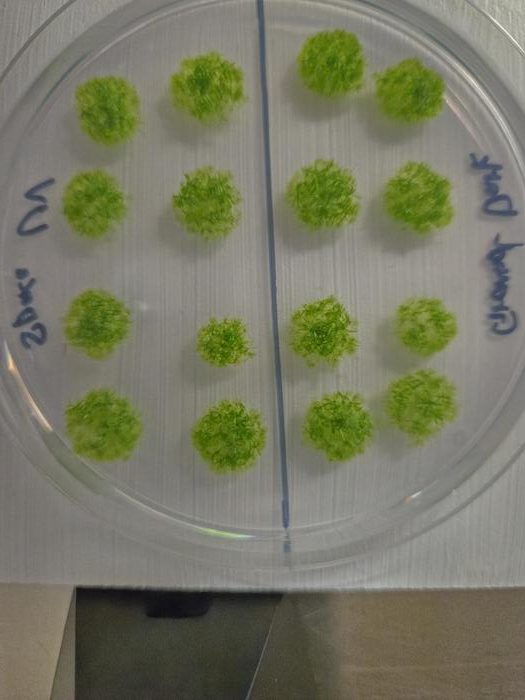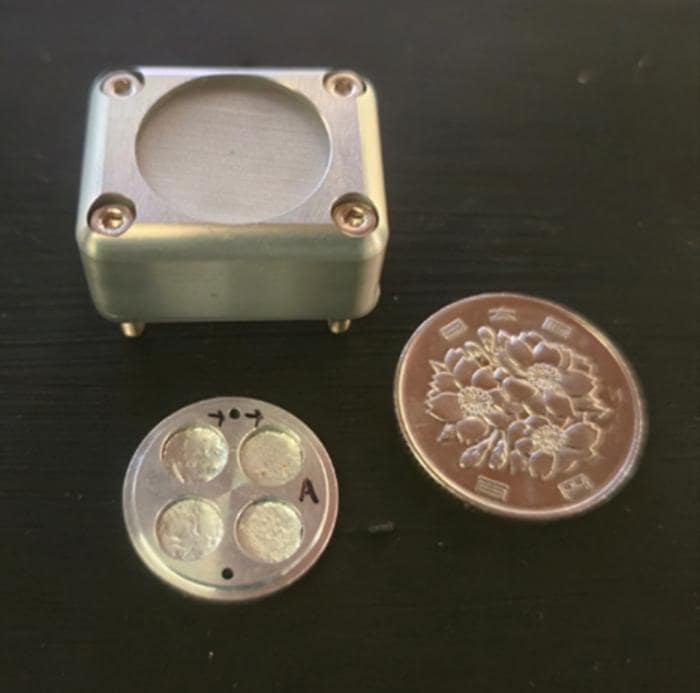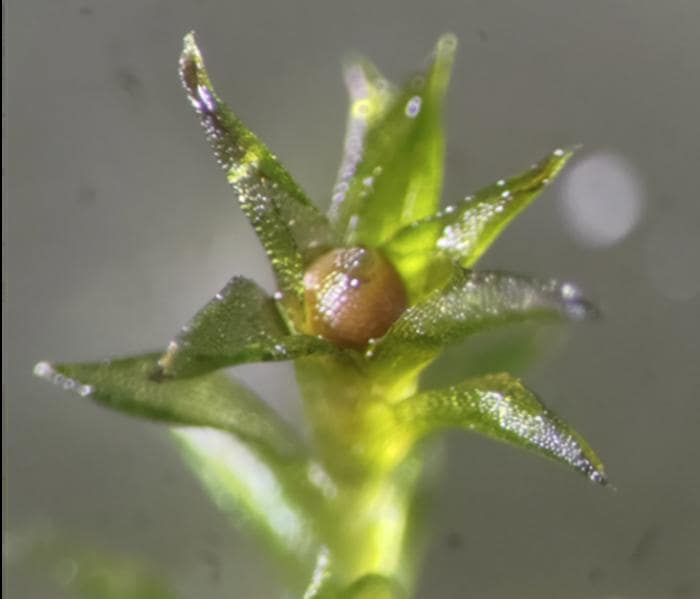“We were truly amazed”: This moss endured 9 months in the open outside the International Space Station and is still capable of growing on Earth.

‘We were genuinely astonished’: This moss survived 9 months outside the International Space Station and could still grow on Earth (Image Credit: Space.com)
This little plant is a lot tougher than it looks.
Researchers exposed moss spores to the harsh environment of space for nine months recently, and the results were surprising, a new study reports.

Mosses are some of the oldest plants on Earth. They evolved more than 400 million years ago and lack some of the signature traits of more “advanced” flora — for instance, they don’t have a vascular system that transports water and nutrients throughout their bodies. But many mosses are quite hardy, thriving in extreme environments around the world from the Arctic tundra to the sands of the Sahara.
Fujita and his team wanted to see if that resilience extends beyond Earth. So, they packed some spores of a widespread species known as “spreading earthmoss” aboard Northrop Grumman’s 17th Cygnus cargo spacecraft, which launched to the International Space Station (ISS) in March 2022.
The scientists selected spores — or, more specifically, sporophytes, the reproductive structures that produce spores — after conducting a few experiments here on Earth. Those experiments involved exposing the sporophytes, as well as juvenile moss and moss stem cells, to space-like conditions in the lab — a vacuum environment, microgravity, high levels of ultraviolet (UV) radiation and large temperature swings.

The researchers determined that UV radiation was the single biggest stressor for the moss, and that the sporophytes handled it — and the other hardships — much better than the juvenile moss and moss stem cells did.
So, they sent some sporophytes to the ISS. Astronauts affixed the samples to the station’s exterior, where they remained for 283 days before coming back to Earth on a Dragon cargo capsule in January 2023. (Cygnus wasn’t designed to survive the trip back to Earth, but Dragon crew and cargo craft are reusable.)
Fujita and his colleagues were in for a surprise when they took a look at the space-flown spores.
“We expected almost zero survival, but the result was the opposite: Most of the spores survived,” he said. “We were genuinely astonished by the extraordinary durability of these tiny plant cells.”

More than 80% of the sporophytes were still alive, in fact, and 89% of those survivors were able to germinate back in the lab. Spaceflight caused a 20% reduction in chlorophyll a, the main pigment involved in photosynthesis, but the spores seemed to be healthy despite that drop, the team found.
Indeed, the sporophytes likely could have survived much longer in the final frontier — 5,600 days or so, according to a mathematical model the researchers developed.
“This study demonstrates the astonishing resilience of life that originated on Earth,” Fujita said. (We’ve gotten previous peeks at this resilience, which is displayed by a variety of organisms, such as bacteria and tardigrades.)
The new research could also have implications for journeys beyond our home planet, Fujita added.
“Ultimately, we hope this work opens a new frontier toward constructing ecosystems in extraterrestrial environments such as the moon and Mars,” he said. “I hope that our moss research will serve as a starting point.”
The new study was published Thursday (Nov. 20) in the journal iScience.




